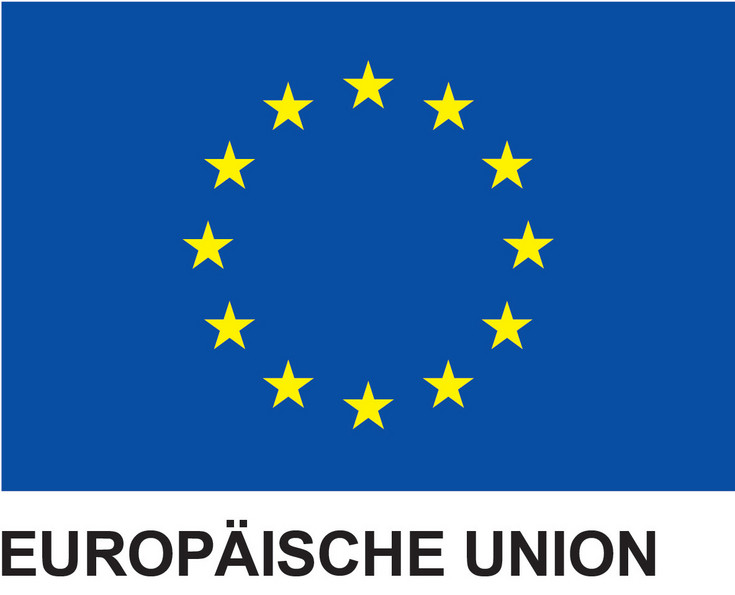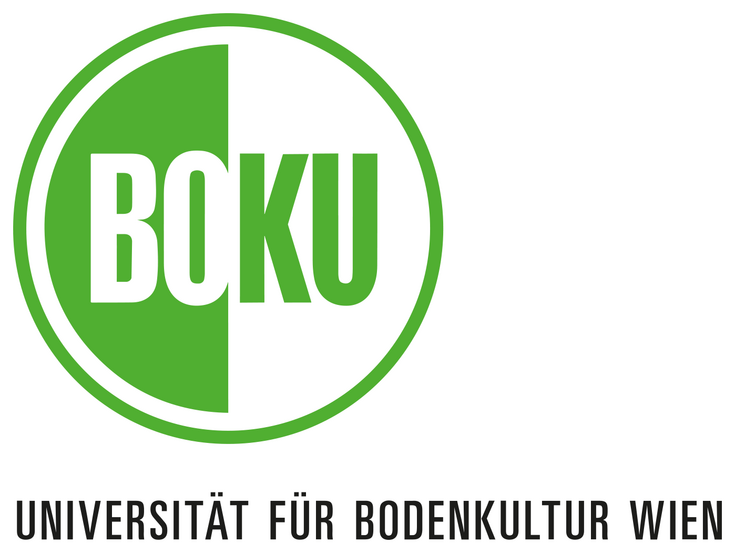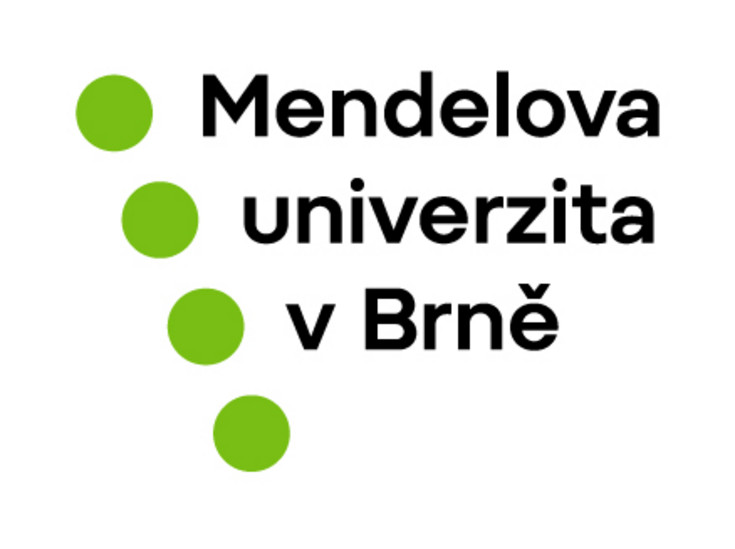Valid - Added Value from Residuals, ATCZ226
1. 1. 2020 - 31. 12. 2021
Lead Partner: University of Natural Resources and Life Sciences, Campus Tulln, Institute of Wood Technology and Renewable Materials, Univ.Prof. Dipl.-Ing. Dr. Rupert Wimmer
Head of Subprojekt: Univ.Prof. Dipl.-Chem. Dr.rer.nat. DDr.h.c. Thomas Rosenau
The project pursues three aims
1) establishing and expanding the available methodology
2) establishing a database of biobase materials and process development for biobased materials
3) establishing the VALID CENTRE, a center of expertise for high-value utilization of biogenic residues
VALID is derived from "Added Value from Residuals". In this region of Europe that is shared between the Czech Republic and Austria, increasingly large amounts of similar waste products are amassed during the production of beer, wine and wood products. Currently, only little vlaue is gained from these waste-streams, for example energetic utilization. The project focusses on a expansion and consolidation of the partners' research infrastructure (accelerated extraction, high-resolution analysis of natural compounds, characterisation of particles and fibers). The newly established equipment is complementary, which gives a wide range of opportunities to all partners. The main consortial partners Mendelova univerzita v Brně and Universität für Bodenkultur are completed by ther strategic partners IMC FH Krems GmbH and Kompetenzzentrum Holz GmbH. Together, the consortium covers natural product chemistry, technology of natural resources, process technology and biotechnology.

With this project, a system for the analysis of natural products by two-dimensional gas chromatography (GCxGC-FID/MS) was established at the Institute of Chemistry of Renewable Resources.This method allows to separate and identify a multitude of compounds. Compounds that are not separated in the first dimension of the GC-analysis are handed over to a second GC analysis. The analytical parameters are set in a manner that result in different separations for the first and second dimension. With this increased separation, it has become possible to capture the diversity of natural products more completely.




